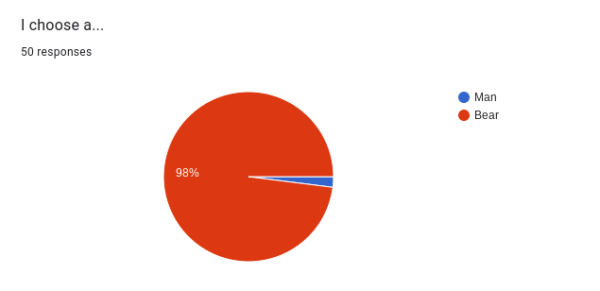Why should we all celebrate Black History Month?
Freshman Arina Kuzina read the book Hidden Figures by Margot Lee Shetterly in honor of the Black History Month. “I like reading books, and my teacher said it is Black History Month right now. So I took this book called Hidden Figures, and I am really enjoying it,” Kuzina said.
February 28, 2019
Black History Month is a month when people all over the United States honor outstanding African Americans, their achievements, and their role in United States history. It is celebrated in the U.S., Canada, United Kingdom, Netherlands, and other countries. People in the U.S. and Canada celebrate it in February, and other countries celebrate in October.
Black History Month is an important topic, and African Americans is an essential part of American History.
The story of Black History Month begins with a man named Carter G. Woodson. He was born on December 19, 1875, and was a son of former slaves who grew up working in coal mines and quarries. Woodson taught himself English and arithmetic. When he was 19, Woodson went to high school and finished a four-year course of study in just two years. After graduating from high school, he went onto earn a master’s degree in history from the University of Chicago and later earned a doctorate from Harvard.
During his education, Woodson realized that history textbooks largely ignored America’s black population. According to the way many historians taught the nation’s past, African Americans were barely part of the story.
Woodson decided to take on the challenge of writing black Americans into the nation’s history. In 1915 he and Jesse E. Moorland founded the Association for the Study of Negro Life and History to promote studying black history as a discipline and celebrate the accomplishments of African Americans. A year later, they founded the widely respected Journal of Negro History.
In 1926, Woodson and the ASNLH launched a “Negro History Week” in February to bring attention to his mission and help school systems coordinate their focus on the topic. Woodson chose the second week of February because it covered the birthdays of two major historical figures: Frederick Douglass (February 14) and Abraham Lincoln (February 12).
In 1976, Negro History Week expanded into Black History Month, which is synonymous with prominent figures such as Martin Luther King Jr., Nelson Mandela, Harriet Tubman, Malcolm X, Rosa Parks, Muhammad Ali, President Barack Obama, and countless other African-Americans who have made a profound impact in history.
Nowadays, if you want to celebrate Black History Month, there are lots of events going on in February. But if you are not a fan of those kinds of activities just like me, there are many other things you can do in order to salute African Americans. You can read books or poems written by African American authors. Black writers have written beautiful works about struggles and triumphs in the black community and in their own lives. Or you can listen to African American music. You can start with spiritual music sung by slaves, then check out ragtime, the blues, and jazz. You can also watch movies and television shows connected to African Americans.
I enjoy watching films about black history, so here are some films that you can watch during February:
-
Within Our Gates, Directed by Oscar Micheaux, 1920
-
Zora Neale Hurston Fieldwork Footage, Directed by Zora Neale Hurston, 1928
-
Black and Tan and St. Louis Blues, Directed by Dudley Murphy, both from 1929
-
Hell-Bound Train, Directed by James and Eloyce Gist, 1930
-
Imitation of Life, Directed by John M. Stahl, 1934
It is my hope that people from all over the world will be interested in Black History and they will honor African American not only during Black History Month and not only at school, but during the whole year.












